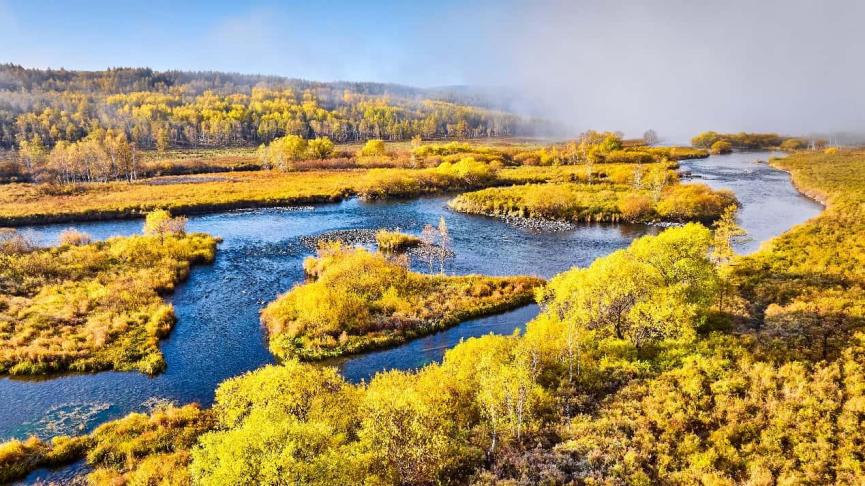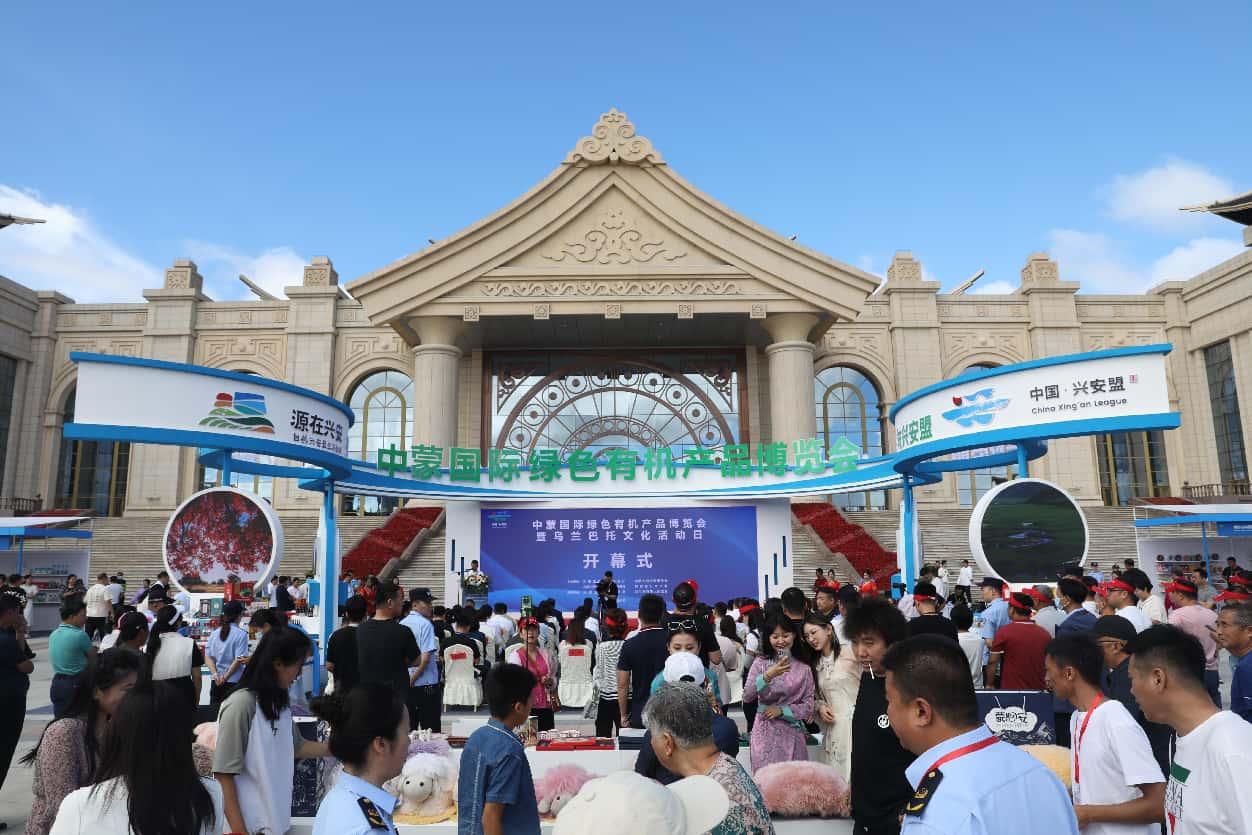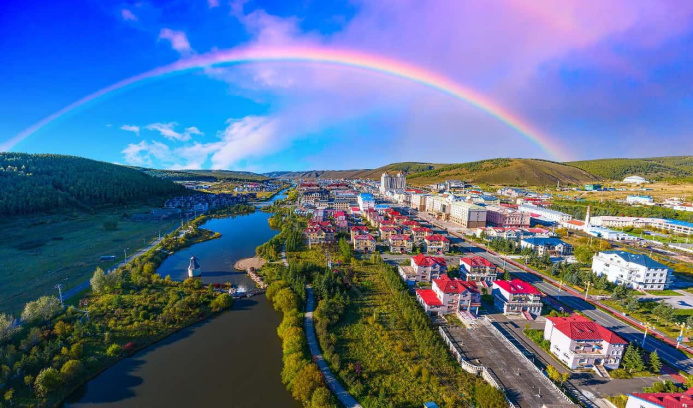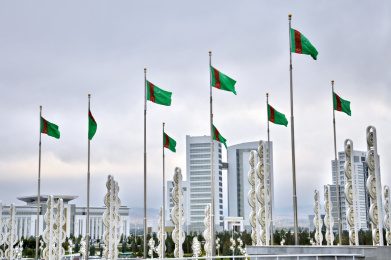The Chinese city of Arxan has become a hub for ecotourism and intercultural exchange
05.08.2025 | 14:20 |Located in the Inner Mongolia Autonomous Region, Arxan is a unique border city that has transformed into an important intercultural bridge. Its name, which translates from Mongolian as "sacred healing waters," perfectly reflects its essence. Situated at the junction of vast forests and endless steppes, nature has created a true oasis with over a hundred healing mineral springs. Despite its modest size and a population of 28,600, Arxan has become an attractive center for tourists and a symbol of international cooperation.

The development of Arxan is the result of significant transformations. Once a major center for the timber industry, the city reoriented itself toward environmental protection after the implementation of a forest conservation program. Today, with over 80% of its territory covered by forests, Arxan has become a sanctuary for wildlife and a model for ecotourism. This unique location draws visitors from neighboring Mongolia for "wellness tourism." The hot springs, clean air, and picturesque landscapes have made Arxan so popular that the border crossing is now open year-round.

However, Arxan's beauty is not limited to its nature. The city has become a vibrant crossroads of cultures, where the traditions of China, Mongolia, and Russia intertwine. This is evident in its architecture, which features the distinctive pointed roofs of Russian and European styles, and in its local cuisine, where European rutabaga has been transformed into the signature "luke" pies (in Chinese pronunciation, "hold the guest"), a symbol of hospitality. The city regularly hosts festivals, sporting competitions, and music concerts, bringing people together and strengthening friendships between nations.

Cooperation extends far beyond culture. Arxan plays a key role in environmental projects, particularly Mongolia's "One Billion Trees" program. The local frost-resistant tree species, such as spruce, larch, and pine, are ideal for restoring ecosystems in Mongolia's harsh climate due to their high survival rate. Thus, this small city has become a major platform where nature and people work together, creating a better future for the entire region.
ORIENT











